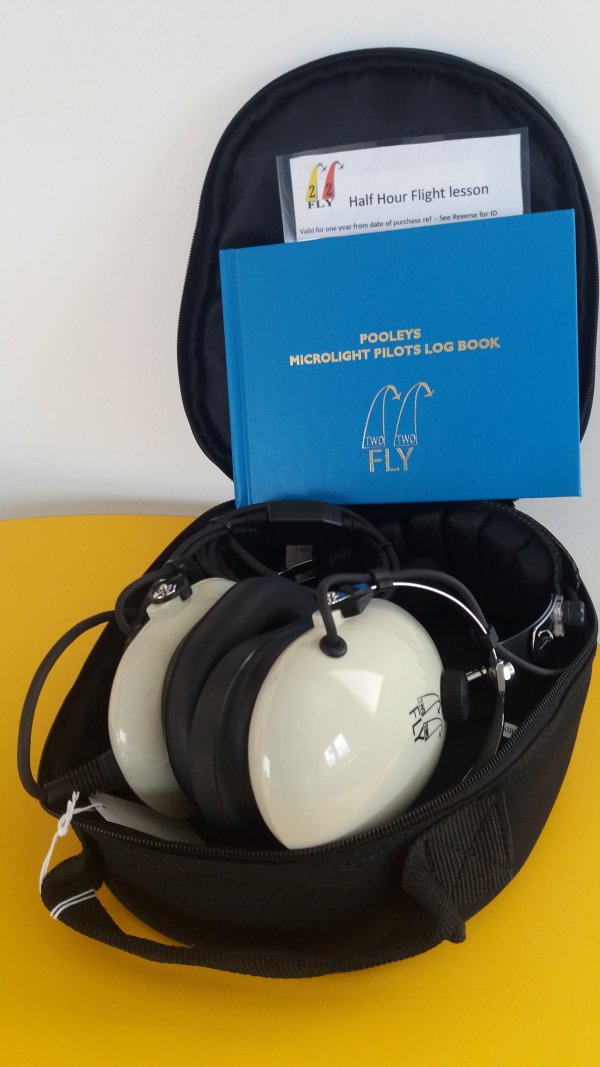
TwoTwoFly Pilots Headset (Starter Gift Pack)
March 8, 2017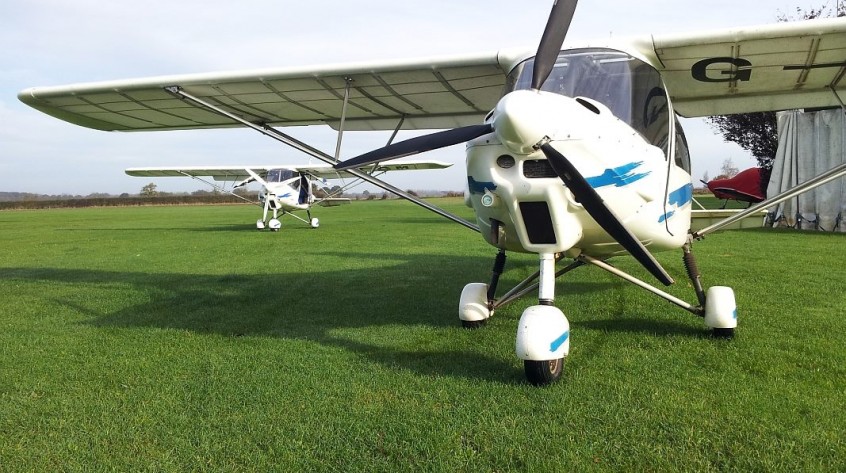
Flying Lessons – 10 Hours
September 21, 2017Stripe Skills Diploma
£700.00
100 in stock
Strip Skills Diploma 5 hours flight time
This course can be used as a credit in the BMAA wings scheme.
Aim: This post-licence course is designed to make you a safer pilot by reviewing the
knowledge and improving the flying skills involved in landing at more demanding strips, such
as private and farm strips. It must be delivered by an approved BMAA Instructor.
Introduction.
Operating a microlight aircraft safely from more demanding flying sites such as unmade
farm and private strips requires a high standard of knowledge and flying skills. Pilots who
have trained at large airfields may have little or no experience of such smaller strips and are
therefore vulnerable to making errors. At the very least they may be put off visiting such
strips, which are the backbone of microlight flying sites. This BMAA Course will develop and
reinforce your knowledge and skills to enable you to tackle these strips safely and with
confidence.
Syllabus
Knowledge.
Review of CAA Safety Sense Leaflets 7c “Aeroplane Performance” and 12 “Strip
Flying”.
Review of performance calculations, TORA LDA. TOD/LD from POH. Factors to apply.
Awareness of hazards – Short Runway
– Narrow Runway
– Surface and Slope
– Surroundings, Obstructions, Turbulence and Rotor.
The importance of an accurate approach.
The importance of the decision to go-around.
Review of short/soft field landing techniques.
Review of crosswind take-off and landing techniques. Estimating crosswind. Aircraft
limitations. (POH)
Understanding your own limitations. Planning an alternate.
Always remember; “Sufficiently poor judgement can overcome even great skill”.
Skills (Flight Instruction)
Review and development of;
Glide Approach. Correct use of Flap.
Powered Approach. Accurate speed control.
Short Field take-off and landing techniques.
Soft Field take-off and landing techniques.
Crosswind take-off and landing techniques.
Turbulent/Strong Wind Techniques.
Planning for and actions following engine failure.
Go-around procedure.
Notes to instructors;
Planning the training – assess the pilot’s experience.
Depending on the experience of the pilot undergoing the refresher training, it can be
beneficial to practice initially at a larger runway, simulating the short runway by setting
cones or other markers at the runway side. The cones can be progressively brought closer
until the distances laid down in the POH have been achieved.
Practice can then be moved to a suitable farm or private strip, initially in easy wind
conditions, then in more challenging conditions. It is essential that the course is completed
at a sufficiently demanding strip, otherwise the training will be of limited value.
Do not continue if safety or the confidence of the pilot are compromised.
Reinforce the option to go-around, or go to an alternate field if necessary.
Completion;
There is no minimum or maximum time requirement to complete the course. Practice
should continue until the pilot demonstrates an acceptable level of skill. The instructor
should then sign the pilot’s log book as “Strip skills course completed”, with signature, date,
license and BMAA number.
Next, the course Completion Certificate should be completed and given to the pilot. The
pilot sends this in to BMAA who will issue the Flying Diploma.
This site uses Akismet to reduce spam. Learn how your comment data is processed.
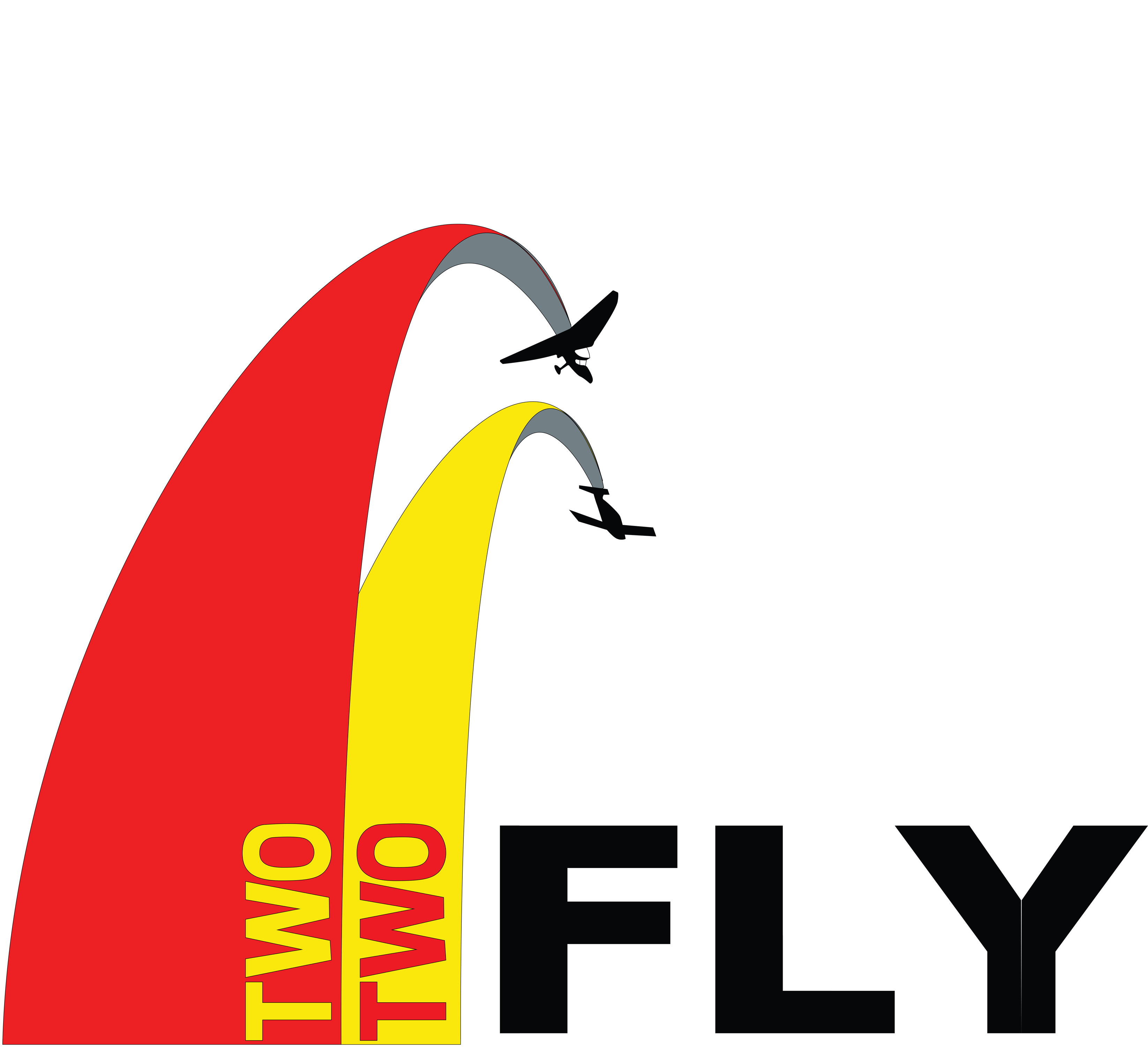
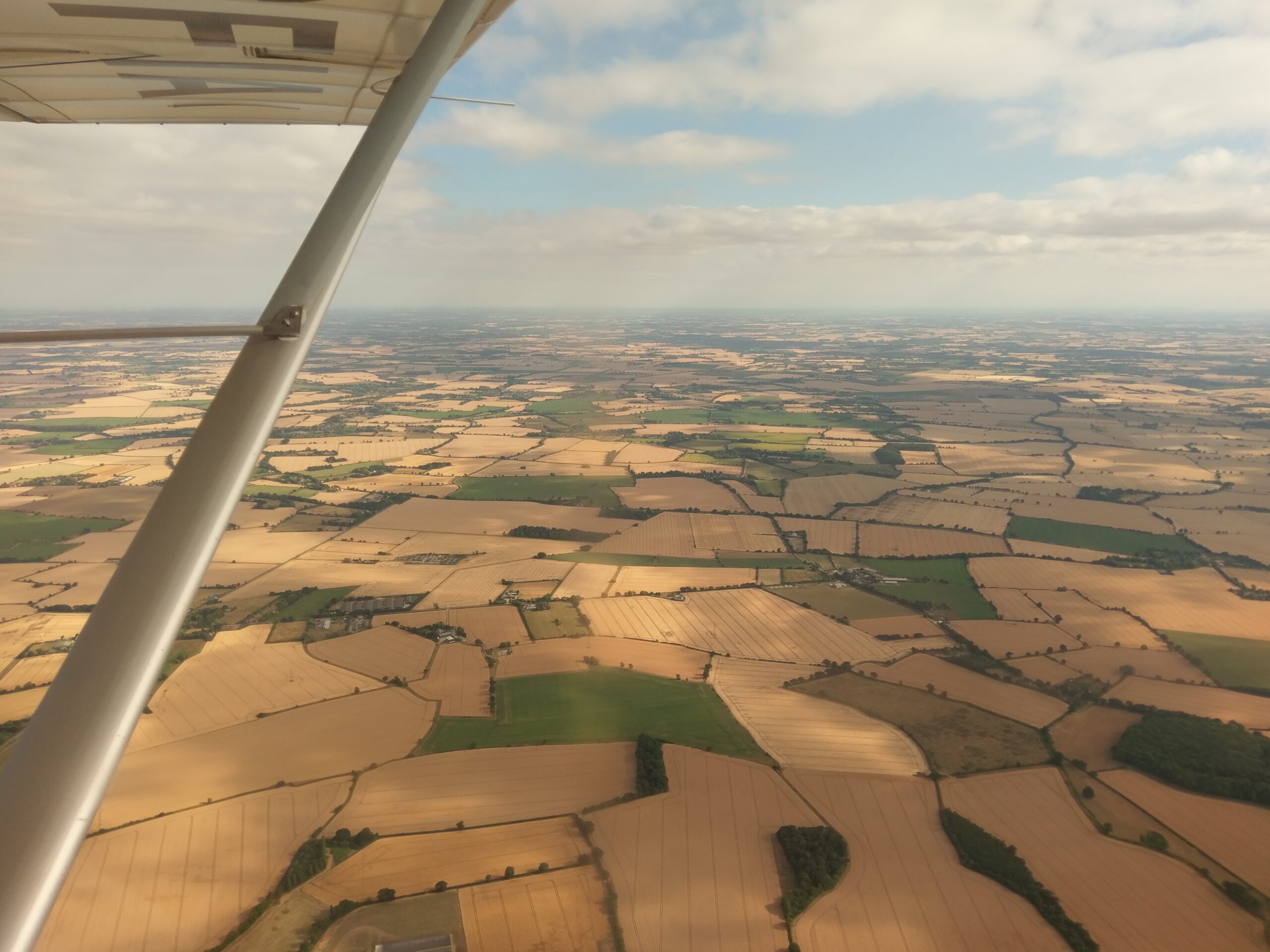
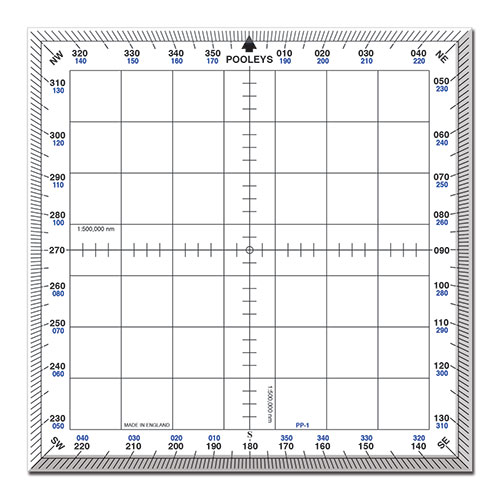
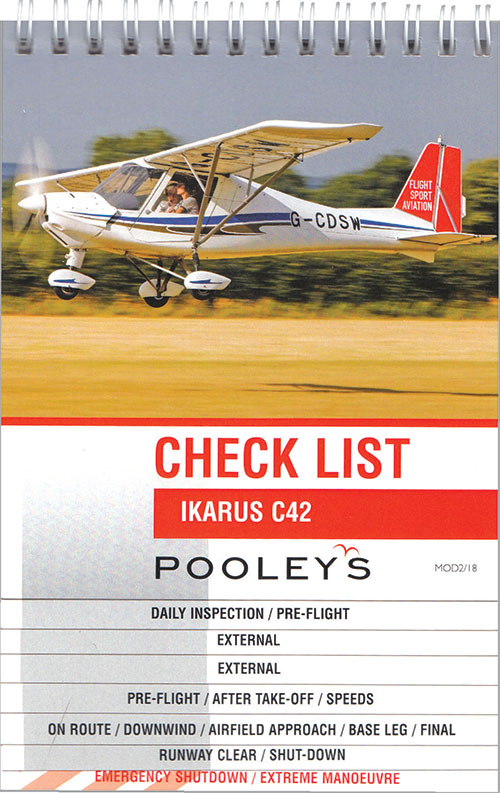
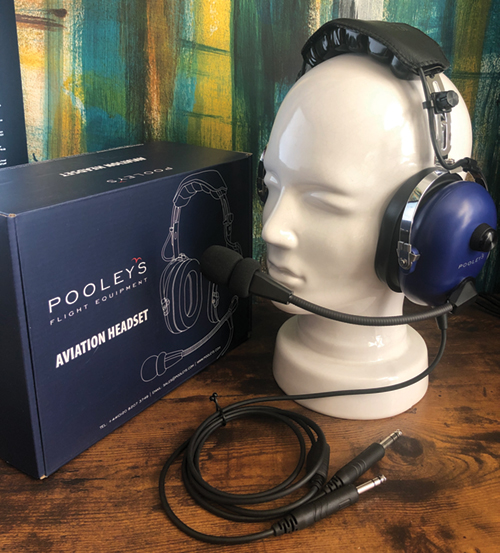
Reviews
There are no reviews yet.